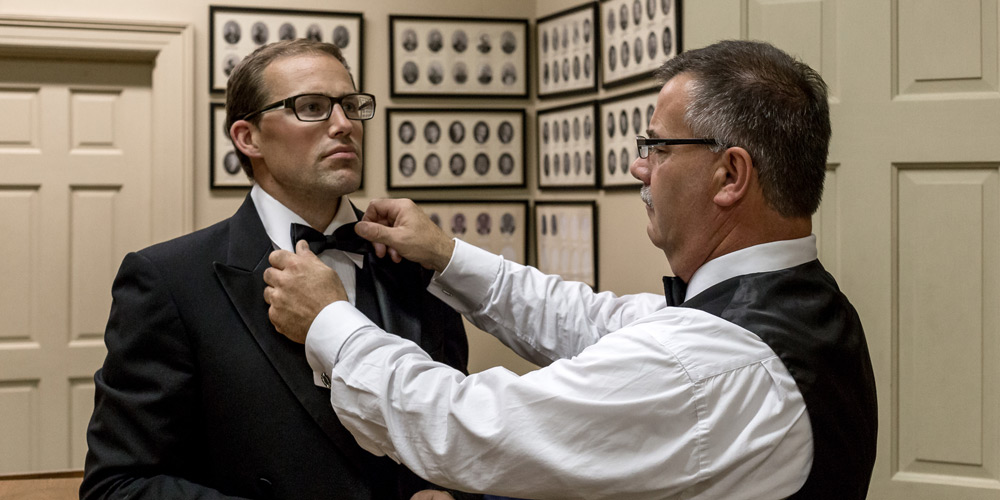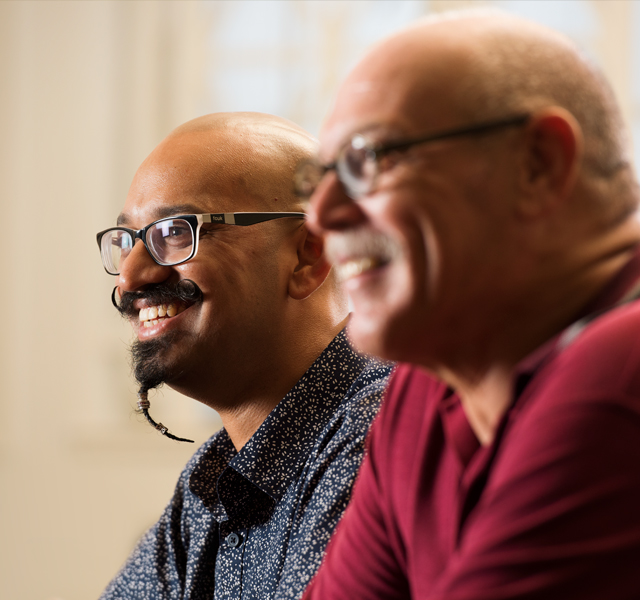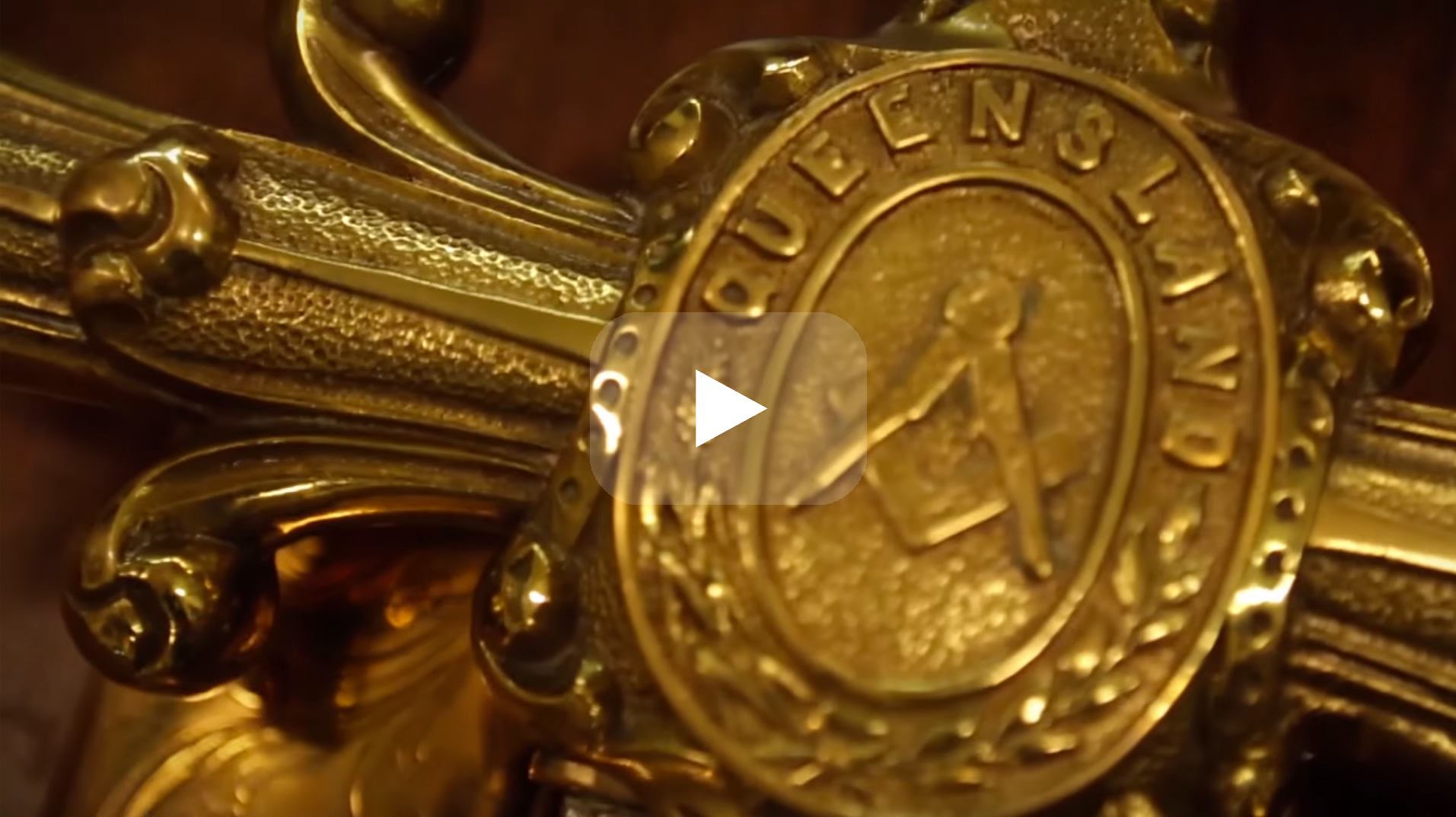Uncovering the Practical Benefit of Joining Freemason for Every Person
Uncovering the Practical Benefit of Joining Freemason for Every Person
Blog Article
Discovering the Mysteries of the copyright: What You Need to Know
The copyright, a term often shrouded in intrigue and dispute, represents a complex tapestry of historical fact and modern-day misconception. Developed in the late 18th century, this secret culture was originally rooted in the Enlightenment's perfects yet has actually given that become associated with conspiracy theories about elite control.
Origins of the copyright
The origins of the copyright are soaked in a mix of historic intrigue and ideological eagerness. Developed in 1776 in Ingolstadt, Bavaria, by Adam Weishaupt, the team was at first created as a secret culture intended at advertising Knowledge perfects such as factor, secularism, and the splitting up of church and state. join freemason. Weishaupt, a professor of canon regulation, sought to test the prevailing authority of the church and state, which he saw as oppressive institutions suppressing intellectual and personal liberty
The copyright looked for to recruit influential members from different societal industries, consisting of national politics, academia, and the arts, to cultivate a network dedicated to these Knowledge principles. The culture run under a veil of privacy, using coded language and rituals to shield its members from persecution, particularly given the repressive environment of the time. Nevertheless, the copyright dealt with substantial resistance from both governmental authorities and spiritual institutions, which saw the group as a threat to their power.
Trick Figures and Members
Who were the crucial numbers that shaped the copyright's very early impact and instructions? The Bavarian copyright, established in 1776 by Adam Weishaupt, emerged as a response to the overbearing social frameworks of the moment. Weishaupt, a legislation professor, visualized the organization as a way to advertise Knowledge suitables such as reason, secularism, and equal rights. His first employment efforts consisted of influential pundits, such as Baron von Knigge, who played a critical role in increasing the group's membership and organizational framework.
Another significant number was Johann Gottlieb Fichte, a prominent theorist whose ideas on nationalism and education and learning reverberated with the copyright's objectives. Fichte was not an official member, his thoughtful supports affected the team's ideology. Additionally, figures like the author and theorist Johann Wolfgang von Goethe were connected with the broader intellectual movements of the time, although their direct involvement with the copyright remains discussed.
These vital numbers contributed to the copyright's early direction, pressing the boundaries of political and social thought, while their cumulative initiatives aimed to challenge established norms and cultivate a climate of dynamic adjustment in Europe. (join freemason)
Misconceptions vs. Fact
Many false impressions surround the copyright, typically mixing reality with fiction in a means that covers its true nature. This secret society, originally established in 1776 in Bavaria, intended to advertise Enlightenment ideals and fight religious and political fascism. The idea that the copyright proceeds to put in substantial influence go to this website over world occasions is a misconception. While the team did exist, it was disbanded in the late 18th century and has actually not run as a cohesive entity considering that after that.
One more widespread misconception is that the copyright makes up a network of elite individuals controling worldwide affairs. Actually, lots of conspiracy theory concepts overemphasize the team's value, attributing unfounded intentions to societal patterns and occasions. This has actually caused an oversimplified sight of intricate problems.
Additionally, the representation of the copyright in pop culture typically additional distorts its heritage. Films and literary works tend to sensationalize the company's duty, creating a narrative that diverges from historic realities. Understanding the distinction in between the misconceptions and the fact of the copyright is crucial for discerning the authentic influence of this historical group and identifying the wider implications of conspiracy theory concepts in contemporary culture.

Modern Analyses
Contemporary analyses of the copyright commonly reflect broader societal stress and anxieties and a fascination with secrecy and power. This modern-day lens often associates the copyright with conspiracy theories that suggest a hidden elite coordinates globe occasions, adjusting federal governments and economies for their very own gain. Such stories use a deep-seated mistrust of authority, specifically in times of situation or social upheaval.
In preferred culture, the copyright is frequently depicted as a supreme company shrouded in secret, bring about a variety of imaginary portrayals in literature, movie, and music. This portrayal offers not just to captivate yet also to provoke considered the nature of power and control in contemporary society. Social media site has even more intensified these analyses, enabling fast circulation of conspiracy theory theories and creating neighborhoods that share and increase upon these concepts.
Moreover, some modern interpretations mount the copyright as an allegory for the intricacies of globalization a knockout post and the interconnectedness of influential individuals and organizations. This point of view motivates an essential examination of how power dynamics operate in today's world, highlighting the balance between transparency and secrecy in governance and company techniques.
Cultural Impact and Heritage
Influenced by centuries of intrigue, the cultural influence and heritage of the copyright extend much past its historical origins. This secret culture, established in the late 18th century, has actually penetrated different elements of pop culture, from literature and film to music and recommended you read art. join freemason. The principle of the copyright has actually progressed into a symbol of conspiracy theory concepts, typically representing a perceived surprise power controling global occasions
In literary works, authors like Dan Brown have actually woven the copyright into intricate stories, fascinating readers with motifs of secrecy and power. Films such as "National Prize" and "The Da Vinci Code" even more bolster the appeal of the society, mixing fact with fiction to develop appealing stories.

Ultimately, the copyright's heritage is a complicated tapestry of misconception and truth, forming understandings of secrecy and control in modern discourse. Its long-lasting presence in society underscores mankind's perennial mission for understanding concealed truths.

Verdict
The exploration of the copyright discloses a complicated interaction between historic truths and modern-day myth-making. Established in the Knowledge age, this culture aimed to test oppressive structures, yet its heritage has been outweighed by conspiracy concepts that recommend elite manipulation. Understanding the differences in between the original perfects and contemporary interpretations is vital for comprehending the withstanding attraction with the copyright and its considerable impact on cultural narratives surrounding power and privacy in society.
Report this page